According to the most recent data shared by FAO, in 2020, Spain produced more than 52% of the oranges produced in Europe and almost 69% of the continent's easy peelers, making it Europe's main citrus-producing country. It was followed by Italy, which accounts for nearly 28% of the oranges and 20.1% of the clementines and mandarins produced in Europe.
However, despite being the second-largest European citrus producer, the Italian market is of great importance to the Spanish industry. In fact, Jesus Paniagua, from Andalusia, has specialized in selling citrus to this destination.
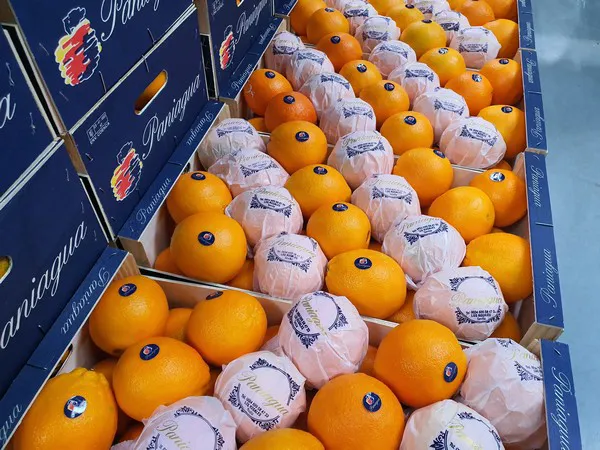
"I have been selling to the Italian market for 35 years and I have had a relationship with the Anchise Paoli company in Florence for 28 years. In 2008 we joined forces and grouped all the customers we had to work together throughout northern Italy, where we currently have 20 points of sale distributed between the Mediterranean and Adriatic coasts and the interior of the country,” Jesus stated.
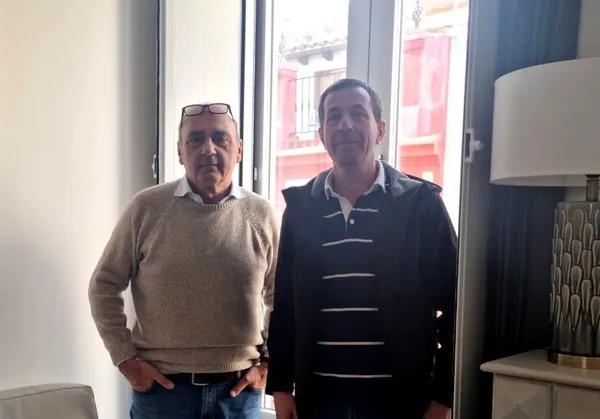
Riccardo Paoli and Jesus Paniagua.
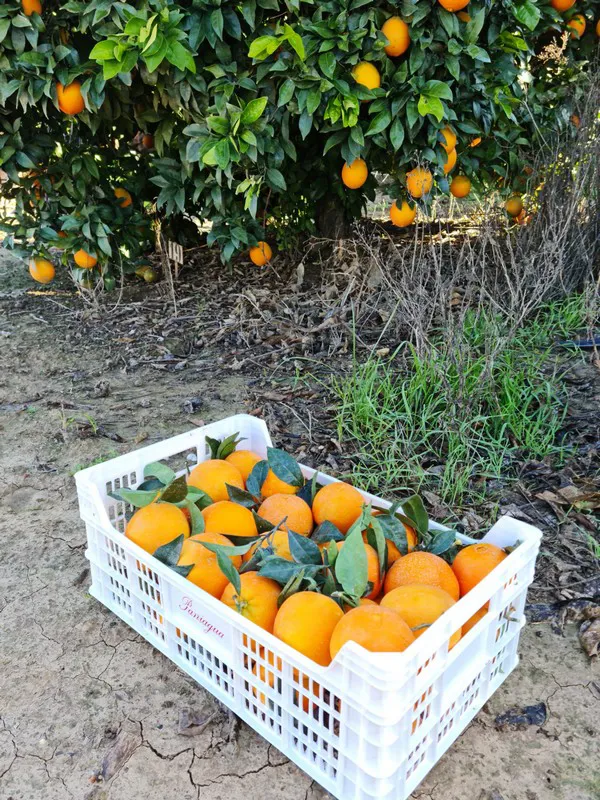 "The Spanish fruit export season is divided into two parts. The first one goes from mid-October to the end of November when Italy starts its production and we have to stop because of a price conflict. The second one goes from the end of February/beginning of March, when the Italian citrus fruits are ending, until the end of the Spanish season."
"The Spanish fruit export season is divided into two parts. The first one goes from mid-October to the end of November when Italy starts its production and we have to stop because of a price conflict. The second one goes from the end of February/beginning of March, when the Italian citrus fruits are ending, until the end of the Spanish season."
"At the moment we are producing oranges in Seville, some lemons in Malaga, and clementines with leaves from Castellon. We'll continue in a few months with the later orange varieties, such as Lane Late and Navelate, and with the second season mandarins."
“Italian clementine production is very concentrated on a single variety”
"In this sense, the Italian clementine market is very important for Spanish production, because Italian companies pay really well for quality clementine," Jesus stated. "T hey want a very specific product, like the one we produce here, and at the moment 80 to 90% of the Italian clementine production focuses on a single variety, which starts in November and ends between the second and third week of January."
hey want a very specific product, like the one we produce here, and at the moment 80 to 90% of the Italian clementine production focuses on a single variety, which starts in November and ends between the second and third week of January."
“This clementine, which they call Fina Clementine, is very similar to the Spanish Clemenules. It is very tasty to eat and has very high quality, but its production is concentrated in very few weeks. The same goes for oranges."
“The highlight of Italian oranges is the Tarocco orange, a red-fleshed variety that accounts for around 50-60% of Italy's table orange production."
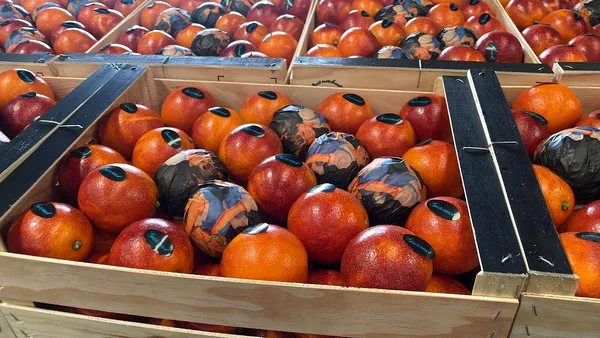
"That's why the Italian case is so interesting. It is very easy to wonder why a country that has a large citrus production imports oranges or clementines. The answer is that they have focused their production on a few very good varieties. In fact, we have a lot of Italian suppliers that supply and also demand very high-quality products. That's why, to work in the Italian market, I had to create and consolidate Paniagua, a brand that is associated with the maximum quality."
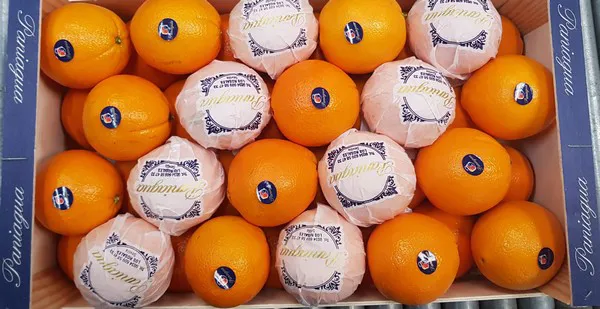
"In recent years, Italy has planted more and more late clementines and oranges. At the moment, however, they do not have the quantities that we have here; in this sense, in Spain, we are still very lucky because we dominate this segment of the European season."
“We're loading an average of 2-3 trucks a day”
This year, Italy's weather was marked by rainfall and very high temperatures. In fact, everything indicates that 2022 could go down in history as the warmest year recorded -just like the month of October-, according to the country's meteorological services.
“It hasn't been a normal campaign, but we must bear in mind that their strong campaign will begin in a few days,” Jesus stated. "While it's true that we have worked very hard and that we've sent more volumes of clementines than in a normal year, we must understand that -for now- this increase has more to do with the fact that Italy will start this season later than to a lack of product."
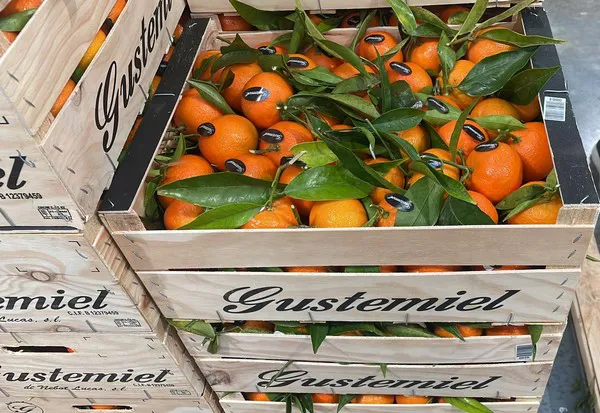
"Castellon is the main origin of the Spanish clementines that are sent to Italy. I estimate that nearly 70% of them come from there, and the vast majority of the fruit that is produced is clementines with leaves. In fact, one could say that the Italian market is vital for Spanish clementines."
"The company in Castellon with which we export clementines with leaves to Italy alone loads an average of 2-3 trucks a day for that market, and there are some days we have been loading up to 4 trucks. When summer arrives, I will start shipping stone fruits to the Italian market, which is my company's specialty and our best-selling product in terms of volume, even when Italy is in a full season."
For more information:
Jesús Paniagua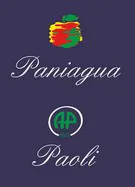
41330 Los Rosales, Sevilla (España)
Tel.: 609 58 47 33
